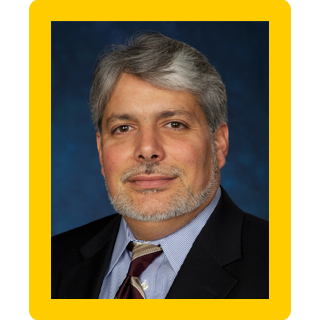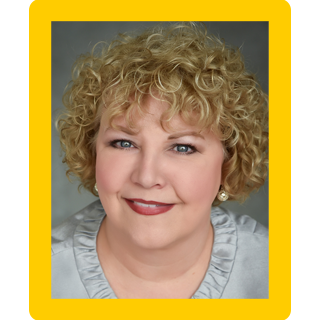 |
 |
Paul Weintraub, RCDD, ESS, RTPM, TECH, CAE
President and CEO
The Fridays@4Society
Head of International Business
Superior Essex Communications |
Shelly Trent, SHRM-SCP, SPHR, CAE, JCTC, JCDC
President-Elect
The Fridays@4 Society
Career Coach/Speaker/Writer/HR Professional Your Career Collaborator LLC
|
Innovation is the key to success for associations of the future. Leaders must develop an ability to scope out the market, identify missing opportunities and quickly leverage new ideas. The pandemic has escalated the need for stronger innovation, for associations and individuals to seek out what is missing in the marketplace and their current offerings. Leaders are emerging in the association space with new ideas and new organizations. Fridays@4 is a product of an innovative idea coming to life because of passionate leaders who saw a need and felt the call to serve.
Paul Weintraub and Shelly Trent saw an opportunity after the 2020 ASAE Annual Meeting to create an organization that met virtually and could connect professionals in the association space that were looking to further develop their career, build leadership skills and learn about trends impacting today’s workplace. And most of all, offer this free of charge to people who need it. This was the start to building the Fridays@4 Society. An organization that today has almost 400 members and is continuing to grow.
Both Paul and Shelly have served associations for many years starting as volunteers and then joining the staff before branching out into their current roles. Paul’s purpose comes from a calling to serve, loyalty, and comradery towards associations and their members coupled with an appreciation to serve and build communities. Shelly’s passion is based around her expertise in human resources and career coaching and willingness to give back to individuals who are in the midst of changing careers or are searching for their next success. Their personal enthusiasm for helping others, blended with their experiences, led them to building an association that allowed both to increase their leadership skills, share their passion and expertise in career development and connect a community.
The ability to build an organization from scratch, with no funding and no staff is always a challenge, but Shelly and Paul have met the calling and have addressed the challenges along the way. For Shelly, the biggest challenge has been “getting our 501c3. There was a lot of detailed paperwork involved, and after we filed, they sent us additional questions to answer. It took about a year to get the status. We are proud of it, though!” Paul feels the challenges have been “working with the board and volunteers, keeping everyone focused and pulling in the same direction, but we have a great team and we have been able to work through these challenges and have seen the association blossom as a result.” In a podcast with Mary Byers, Paul mentions the intentional focus on volunteer selection and using a volunteer’s area of expertise to help with the individual task items to run the organization which is 100% volunteer driven and continues to seek new volunteers.
There have been many successes, surprises and humbling moments along the way. Paul and Shelly have been surprised at the speed of growth, the willingness of people to help the organization at no charge and the ability for people to regain their confidence and change their demeanor after connecting with others.
As the organization moves forward and approaches two years in August 2022, the organization’s strategic plan includes increasing programming with different day and time offerings, expand to be a resource for other associations who need a career center for their conferences and developing a paid membership offering that allows members access to more in-depth career coaching services. They do want to remember the key reason why they built the organization though and that is to allow people make meaningful connections through a solution that is affordable to all. “ASAE does a good job of meeting the career needs of members; however, their career services are quite expensive and out of reach for most mid-level association professionals. Fridays@4 is filling the need for those who can’t afford the high-priced career coaching services,” says Shelly. “’Associations transform society through the power of collaboration’ and sometimes, I think that message is lost in the day-to-day of the job. This mantra, along with the understanding of what this statement really means, needs to be embraced by association professionals at all levels,” shares Paul. And this is what Fridays@4 does, it allows for professionals from across the US and globally to collaborate, expand their networks, and gain knowledge in a complimentary virtual environment.
Paul and Shelly really saw an opportunity along with a few others to build a new association. They saw an opportunity for innovation. They are building a long-lasting product and consistently scanning the marketplace for new ideas and evaluating current options. With 30-40 members on average each week attending the virtual sessions, Fridays@4 continues to be a valued product among association and nonprofit professionals who need to connect and need support. For more information on Fridays@4, please visit the organization’s website or connect through the LinkedIn groups – The Fridays@4 Society or Fridays@4 Association Career Strategy Group.